A museum housed in a futuristic thirteen-story, 57.4-meter-high, light-filled and environmentally conscious building in a scenic location on Oslo’s waterfront, featuring the greatest masterpieces of Edvard Munch (Løten, 1863 - Oslo, 1944): this is, in a nutshell, the new Munchmuseet that opened its doors to the public last October 22. The new museum is five times the size of the previous Munchmuseet, and has exhibition areas of 26,313 square meters, on which a path runs along the highlights of the artist’s career.
Located on the edge of the fjord that enters Norway’s capital city, the new Munchmuseet is the work of architecture firm Herreros, which wanted to create a museum for the city that would also transform its skyline. The goal was to create a museum that would not only tell the story of Munch, but also introduce visitors to Oslo and its history, creating a strong link between Munch’s art and the places where he was born. “The façade,” Jens Richter, an architect who signed off on the project with colleague Juan Herreros, declared in June, “will give the Munchmuseet an enigmatic and ever-changing presence in Bjørvika Bay, reflecting Oslo’s extraordinary light conditions that constantly change throughout the day and during the different seasons.” It is a tower-shaped museum, where the main functions are organized vertically. The large number of distributed exhibition spaces also allows for wide variations in ceiling heights and room sizes, providing optimal space for both permanent and temporary exhibitions to accommodate all types of works.
A “non-intimidating building,” the architects declare, “unlike some traditional art museums.” They wanted to make it easily accessible from the streets around Bjørvika, and able to offer not only art and culture but also recreation, with its bars and restaurants, and a terrace on the top floor where one can enjoy the view of the city. And to connect visitors and staff, the architects also thought of not hiding the rooms reserved for staff, but making them visible to give value to the large group of professionals who work to preserve and exhibit art at its best. “The building,” Herreros points out, “is part of a generation of new museums around the world that are redefining cultural institutions and moving from the concept of historical archives to become social gathering places, places where everyone can meet and discover something new.”
The beating heart of the museum is the Munch collection, donated by the painter to the city of Oslo upon his death, and comprising more than half of his known works, including more than 26,700 of the artist’s paintings, prints, photographs, drawings and watercolors, ranging from 1873 to 1944. So not only The Scream, but also numerous paintings, watercolors and woodcuts, as well as objects and memorabilia, such as his printing plates and lithographic stones, as well as thousands of letters and about 10,000 items from his personal effects.
In addition to allowing more opportunities to showcase Edvard Munch’s artwork, the new museum also hosts major temporary exhibitions by Norwegian and international artists, exploring Munch’s enduring influence on successive generations of artists from the 20th century to the present. The first exhibition opening at the new museum is Tracey Emin / Edvard Munch: The Loneliness of the Soul, which explores Edvard Munch’s influence on Tracey Emin, one of the greatest contemporary artists, and how his work has shaped her work over several decades. The exhibition, curated by Kari Brandtzæg, aims to foster a dialogue between the two artists, with new works by Emin displayed alongside pieces by Munch from the museum’s collection that the British artist personally selected.
Below is a selection of images from the new Munchmuseet. The photos are by Einar Aslaksen.
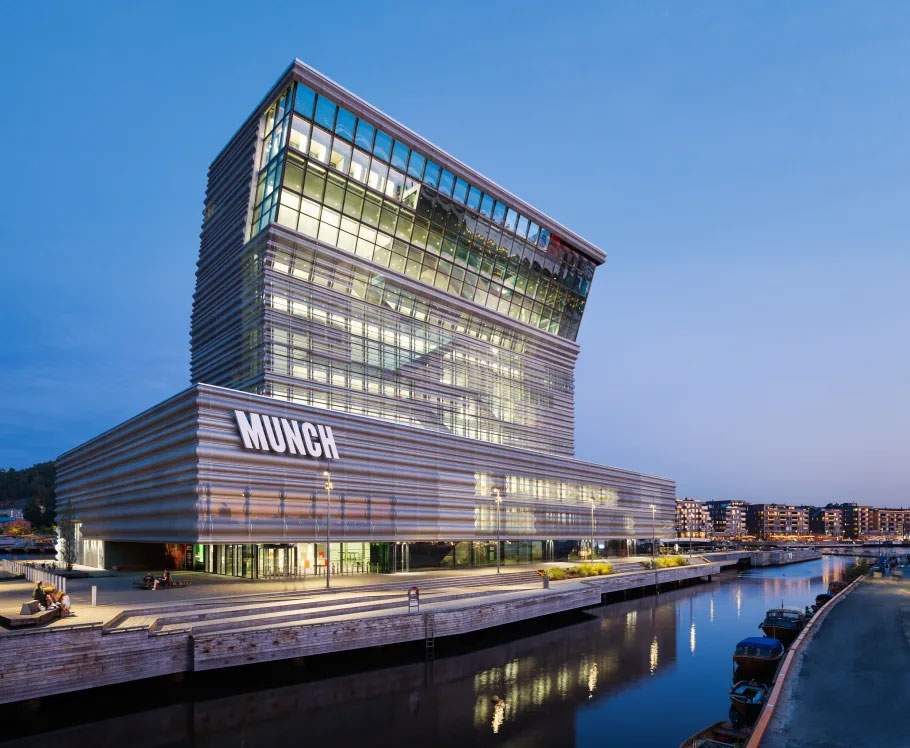 The new Munchmuseet in
The new Munchmuseet in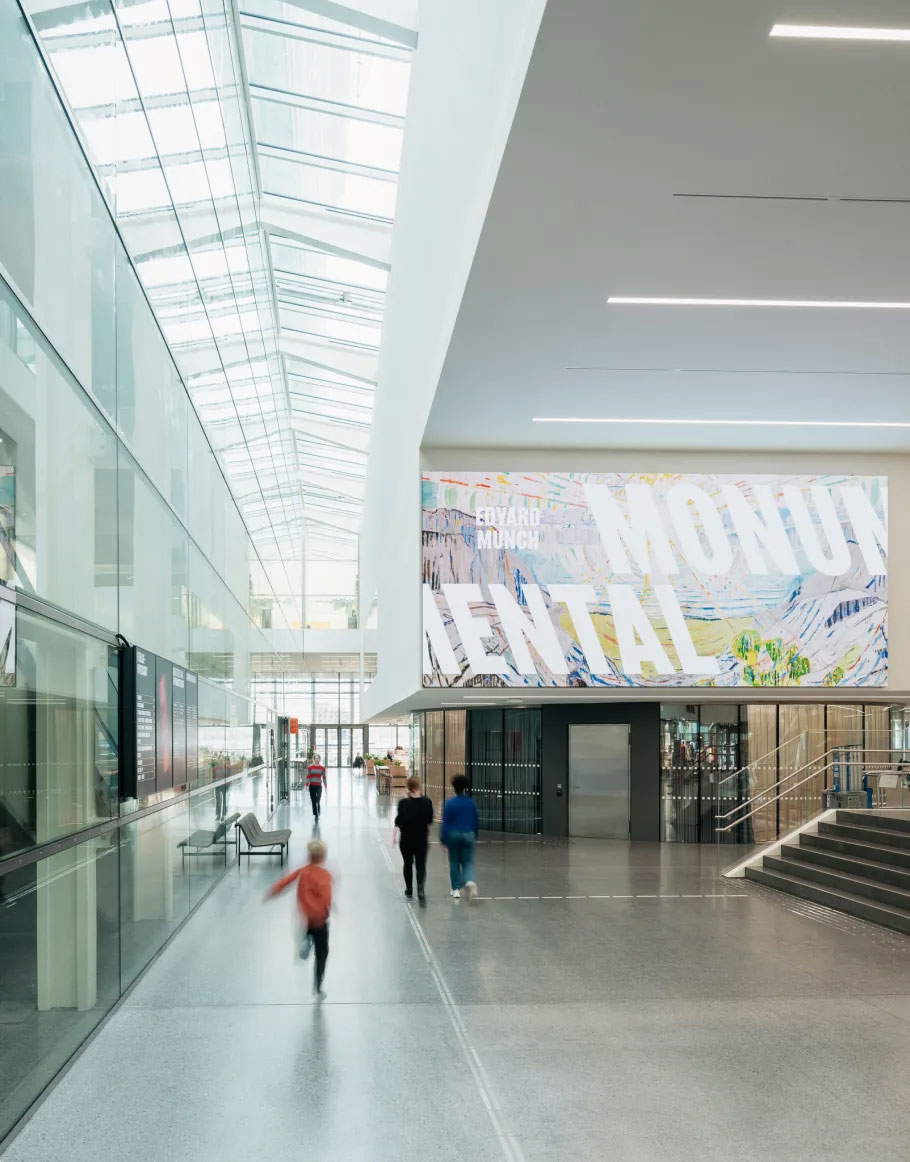 The new Munchmuseet in
The new Munchmuseet in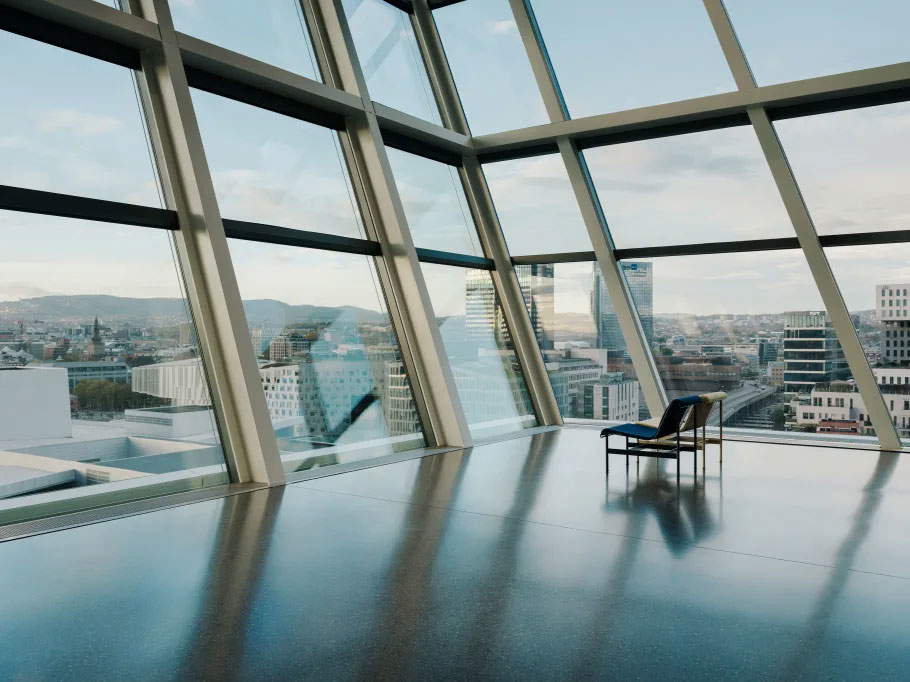 The new Munchmuseet in
The new Munchmuseet in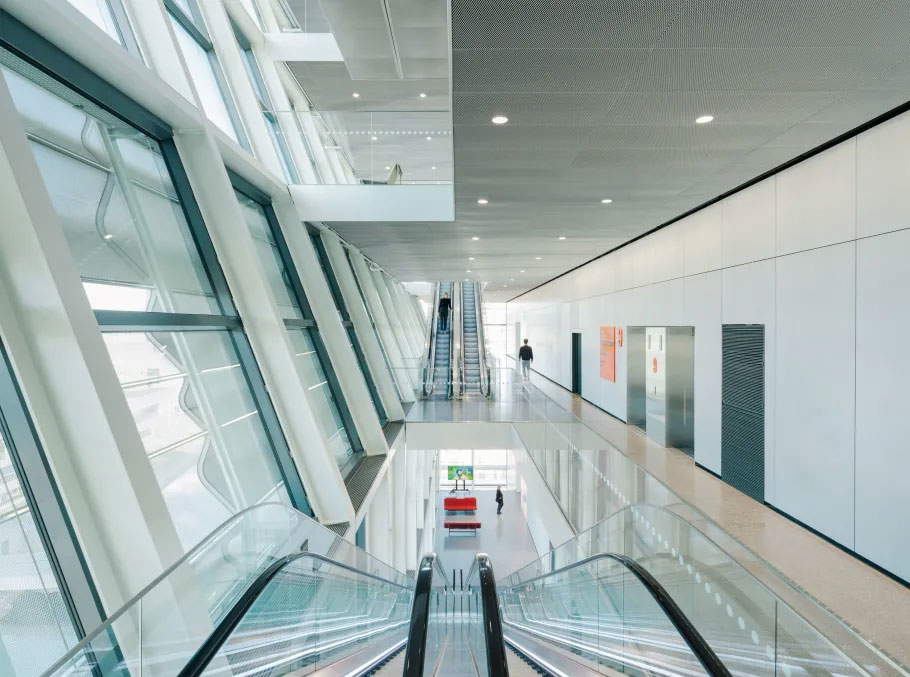 The new
The new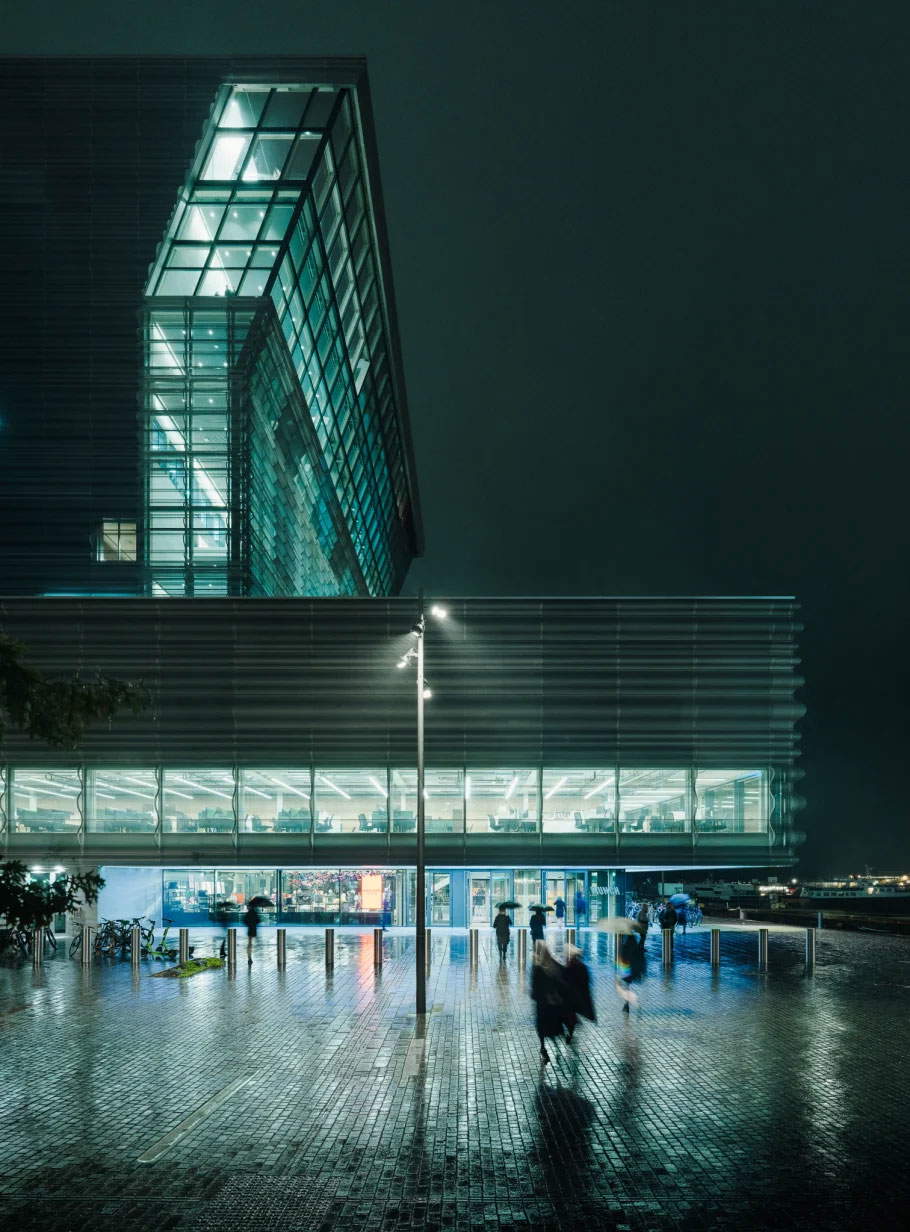 The new
The new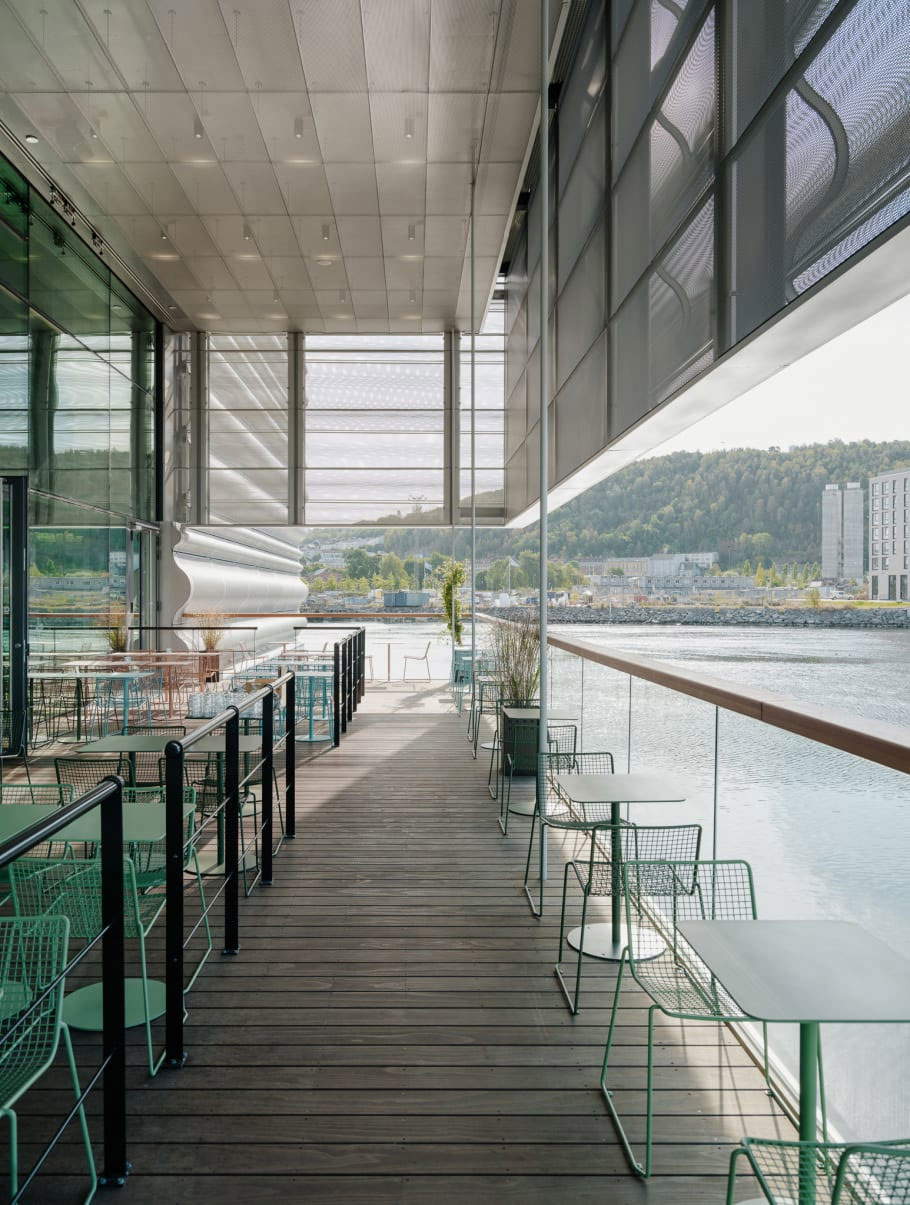 The new
The new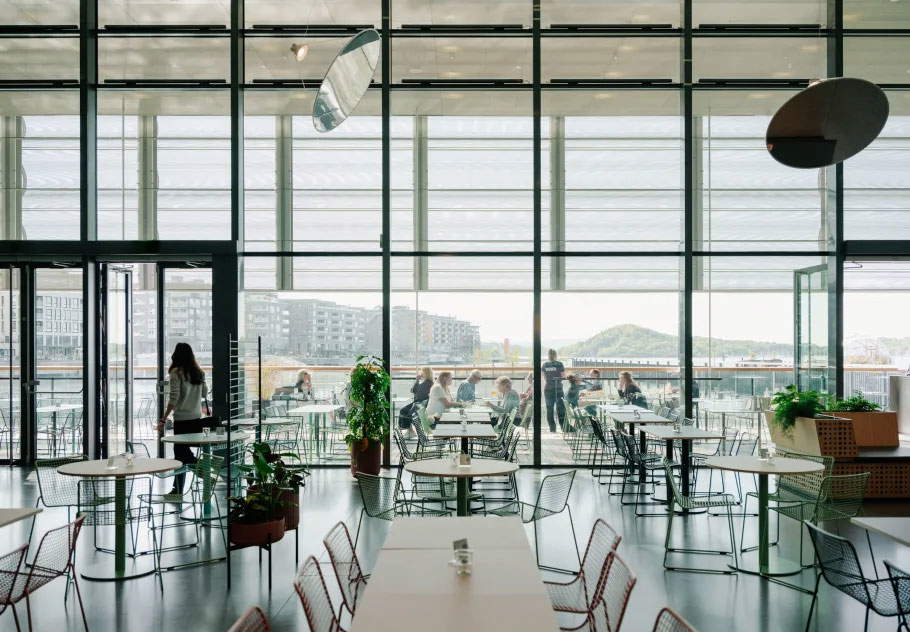 The new
The new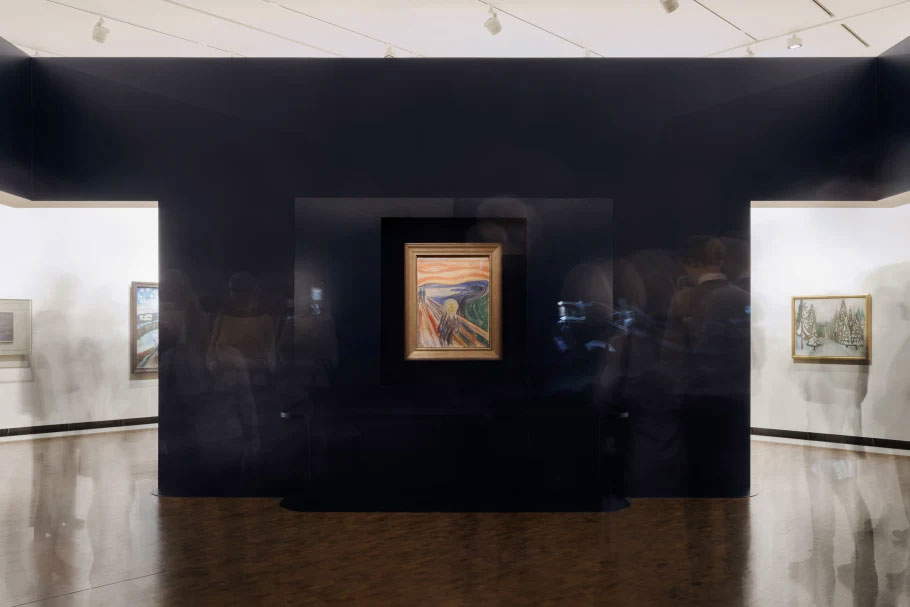 The new
The new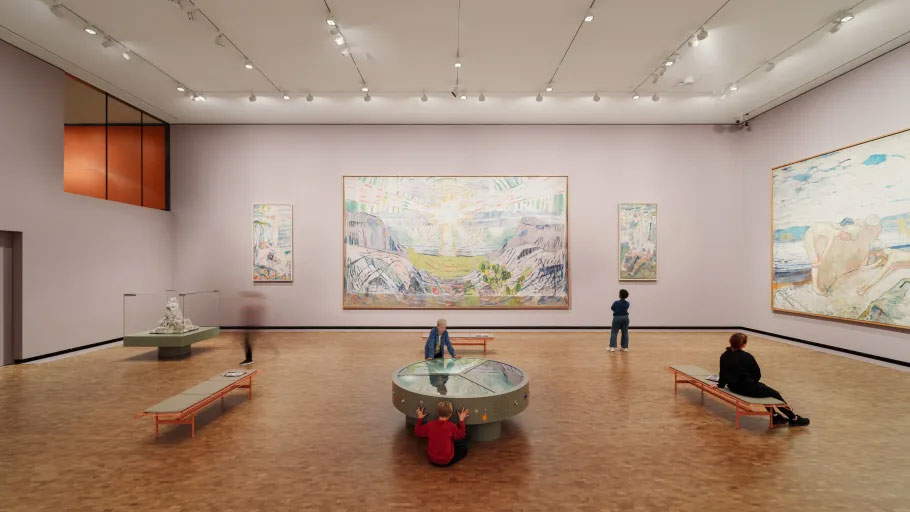 The new
The new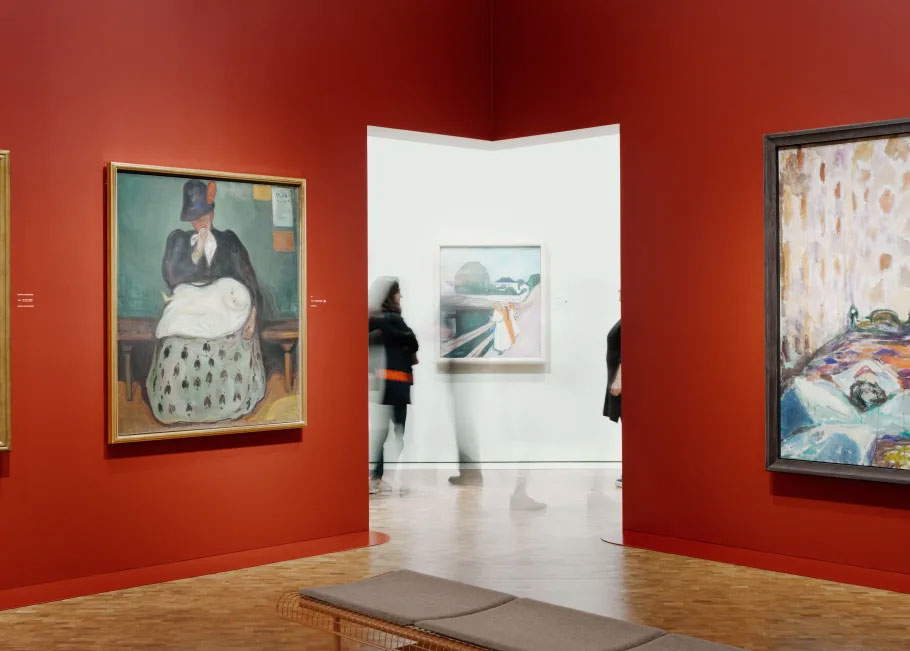 The new
The new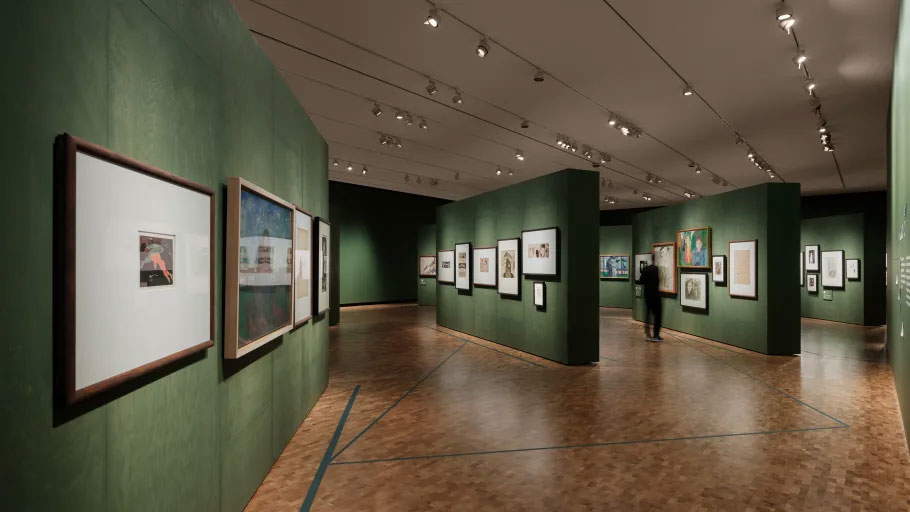 The new
The new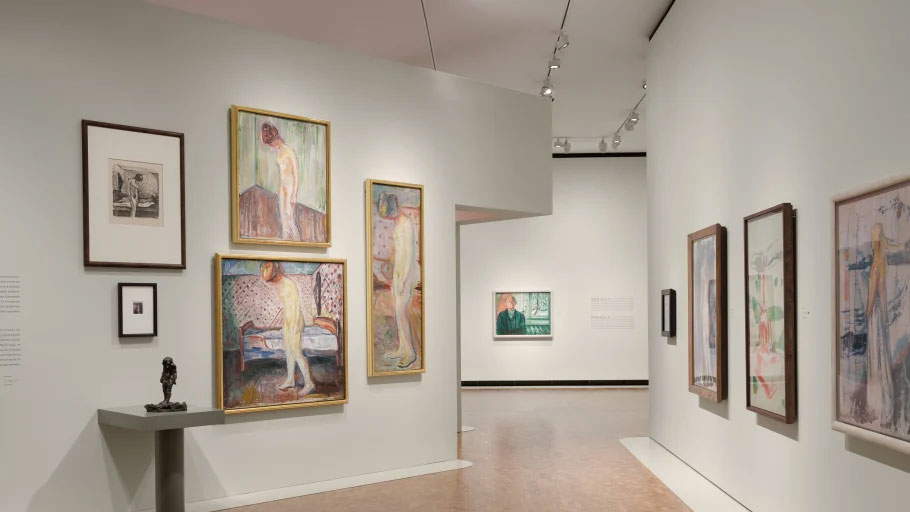 The New
The New
 |
| Here is the new, futuristic Munchmuseet in Oslo. All the photos |
Warning: the translation into English of the original Italian article was created using automatic tools. We undertake to review all articles, but we do not guarantee the total absence of inaccuracies in the translation due to the program. You can find the original by clicking on the ITA button. If you find any mistake,please contact us.